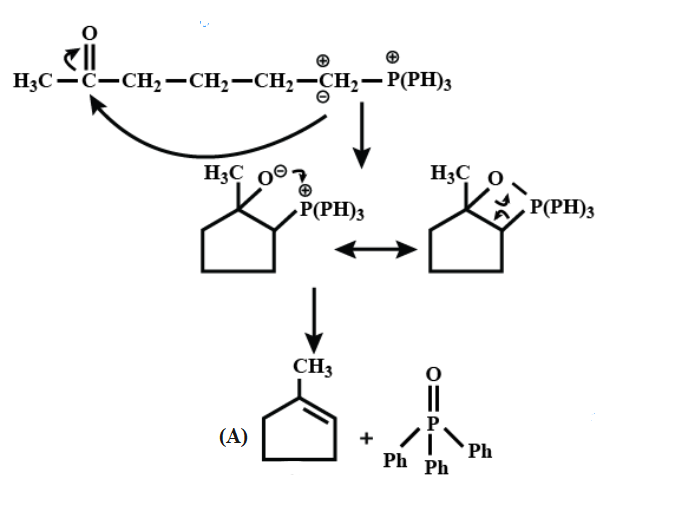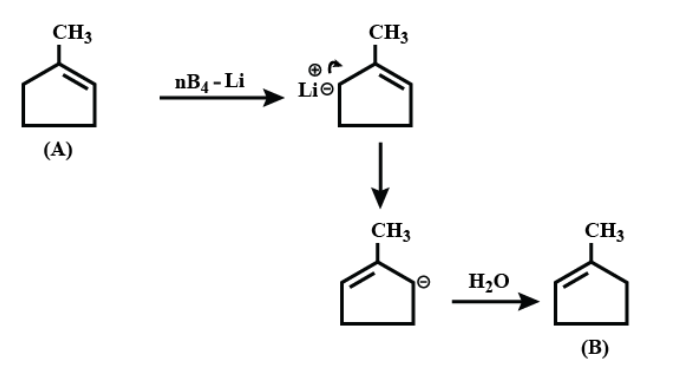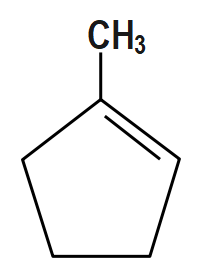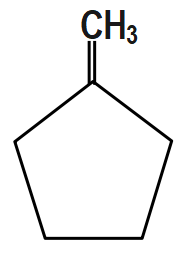
Answer
376.2k+ views
Hint :We know that in order to know how to solve a stoichiometry problem, we must first know what a stoichiometry is. Stoichiometry is the relationship between the quantities of the reactants and the products. If we know the quantity of the reactant it will be easy to determine the product.
Complete Step By Step Answer:
Let us understand deeply about stoichiometry. Stoichiometry will be based on the Law of conservation of mass. That means that the total mass of the reactants will be equal to the total mass of the products. If we know the amount of the reactants, from that we can calculate the amount of the product. We can determine the quantity of the product empirically from the quantity of the reactant.
We have to remember that there are four steps for solving a stoichiometric problem.
First thing is that we have to write a balanced equation. We have to always keep in mind that the constituent part of a chemical reaction is neither destroyed nor lost. The reactions yield must correspond to the reactant.
The next step is to convert the unit into the moles. When a unit is converted into moles it will involve the conversion factor. The main aim of the conversion factor is to convert units such as the grams, volume of a gas into moles or vice versa.
Now by using the mole ratio, we have to calculate the other substance (product).
Here, First step is an example of the Wittig reaction and then in addition to the base $ Bu-Li, $ it gives a thermodynamic product.

On further continuing the reaction;

Therefore the correct answer is option A.
Note :
Remember that we have to remember that stoichiometry compounds and non-stoichiometry compounds are different from one another. Non-stoichiometry compound is mostly an inorganic compound whose proportions of the elemental composition cannot be determined by the ratio of the natural number.
Complete Step By Step Answer:
Let us understand deeply about stoichiometry. Stoichiometry will be based on the Law of conservation of mass. That means that the total mass of the reactants will be equal to the total mass of the products. If we know the amount of the reactants, from that we can calculate the amount of the product. We can determine the quantity of the product empirically from the quantity of the reactant.
We have to remember that there are four steps for solving a stoichiometric problem.
First thing is that we have to write a balanced equation. We have to always keep in mind that the constituent part of a chemical reaction is neither destroyed nor lost. The reactions yield must correspond to the reactant.
The next step is to convert the unit into the moles. When a unit is converted into moles it will involve the conversion factor. The main aim of the conversion factor is to convert units such as the grams, volume of a gas into moles or vice versa.
Now by using the mole ratio, we have to calculate the other substance (product).
Here, First step is an example of the Wittig reaction and then in addition to the base $ Bu-Li, $ it gives a thermodynamic product.

On further continuing the reaction;

Therefore the correct answer is option A.
Note :
Remember that we have to remember that stoichiometry compounds and non-stoichiometry compounds are different from one another. Non-stoichiometry compound is mostly an inorganic compound whose proportions of the elemental composition cannot be determined by the ratio of the natural number.
Recently Updated Pages
How many sigma and pi bonds are present in HCequiv class 11 chemistry CBSE

Mark and label the given geoinformation on the outline class 11 social science CBSE

When people say No pun intended what does that mea class 8 english CBSE

Name the states which share their boundary with Indias class 9 social science CBSE

Give an account of the Northern Plains of India class 9 social science CBSE

Change the following sentences into negative and interrogative class 10 english CBSE

Trending doubts
Fill the blanks with the suitable prepositions 1 The class 9 english CBSE

Which are the Top 10 Largest Countries of the World?

Give 10 examples for herbs , shrubs , climbers , creepers

Difference Between Plant Cell and Animal Cell

Difference between Prokaryotic cell and Eukaryotic class 11 biology CBSE

The Equation xxx + 2 is Satisfied when x is Equal to Class 10 Maths

Change the following sentences into negative and interrogative class 10 english CBSE

How do you graph the function fx 4x class 9 maths CBSE

Write a letter to the principal requesting him to grant class 10 english CBSE





